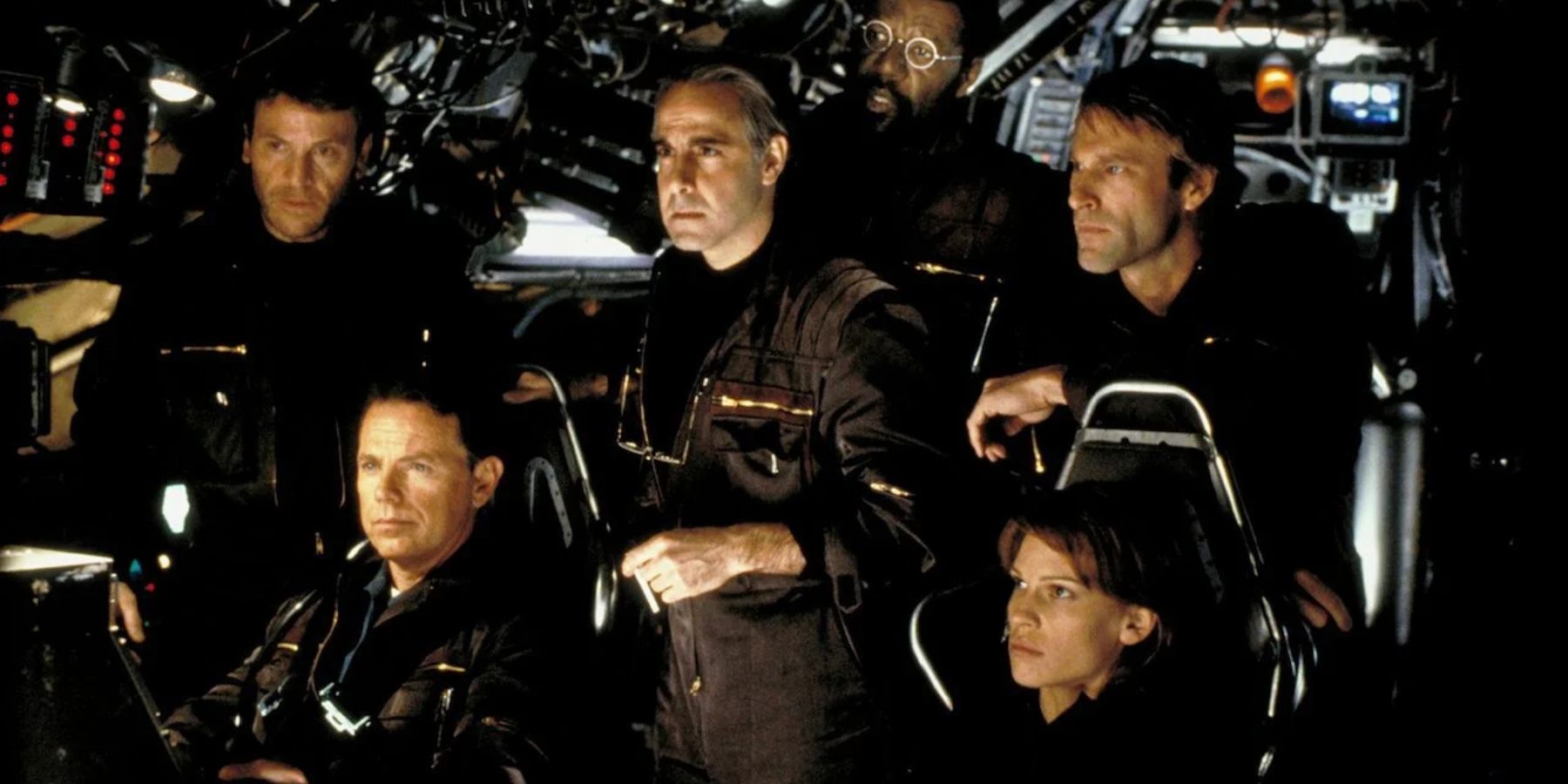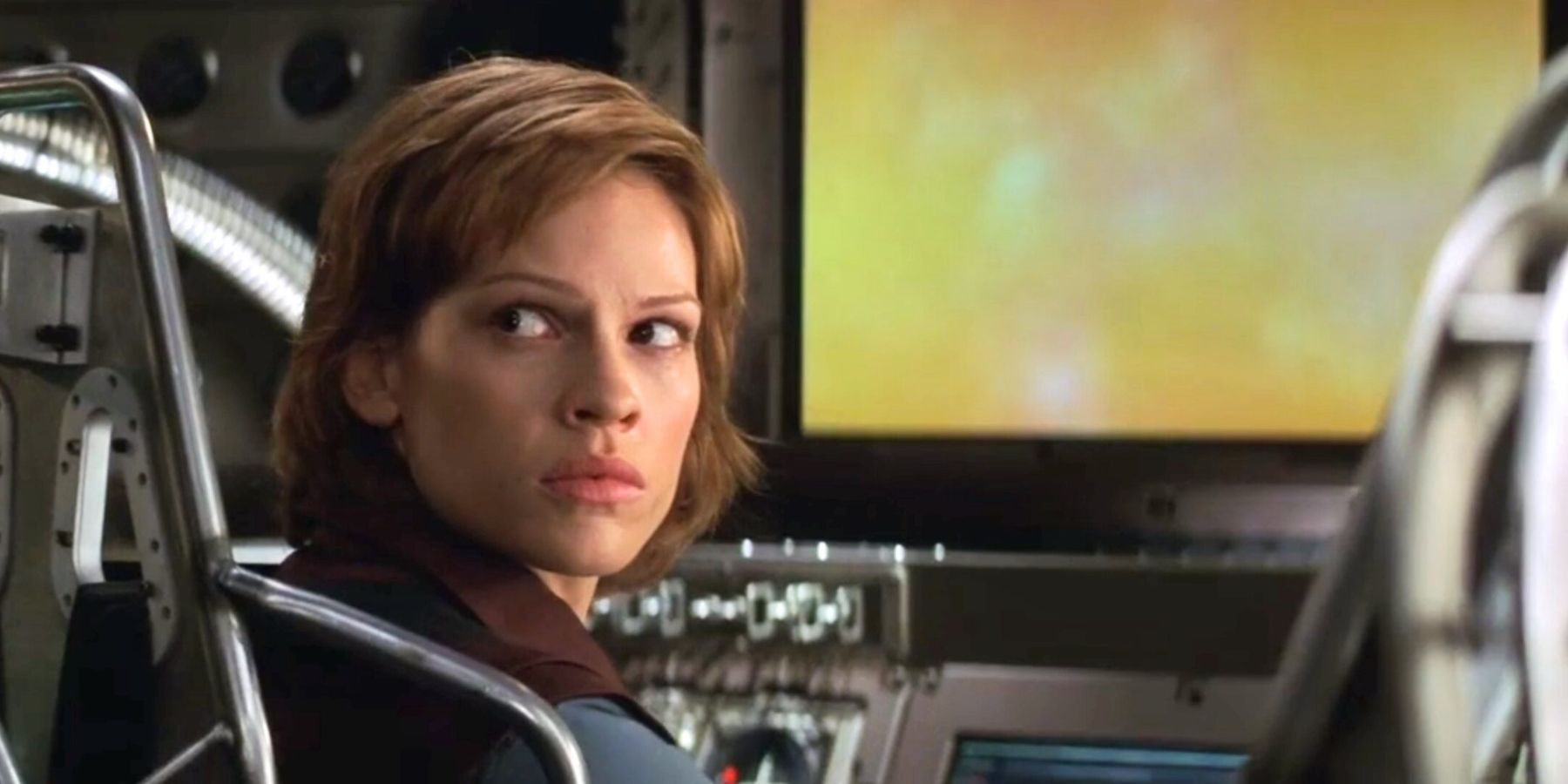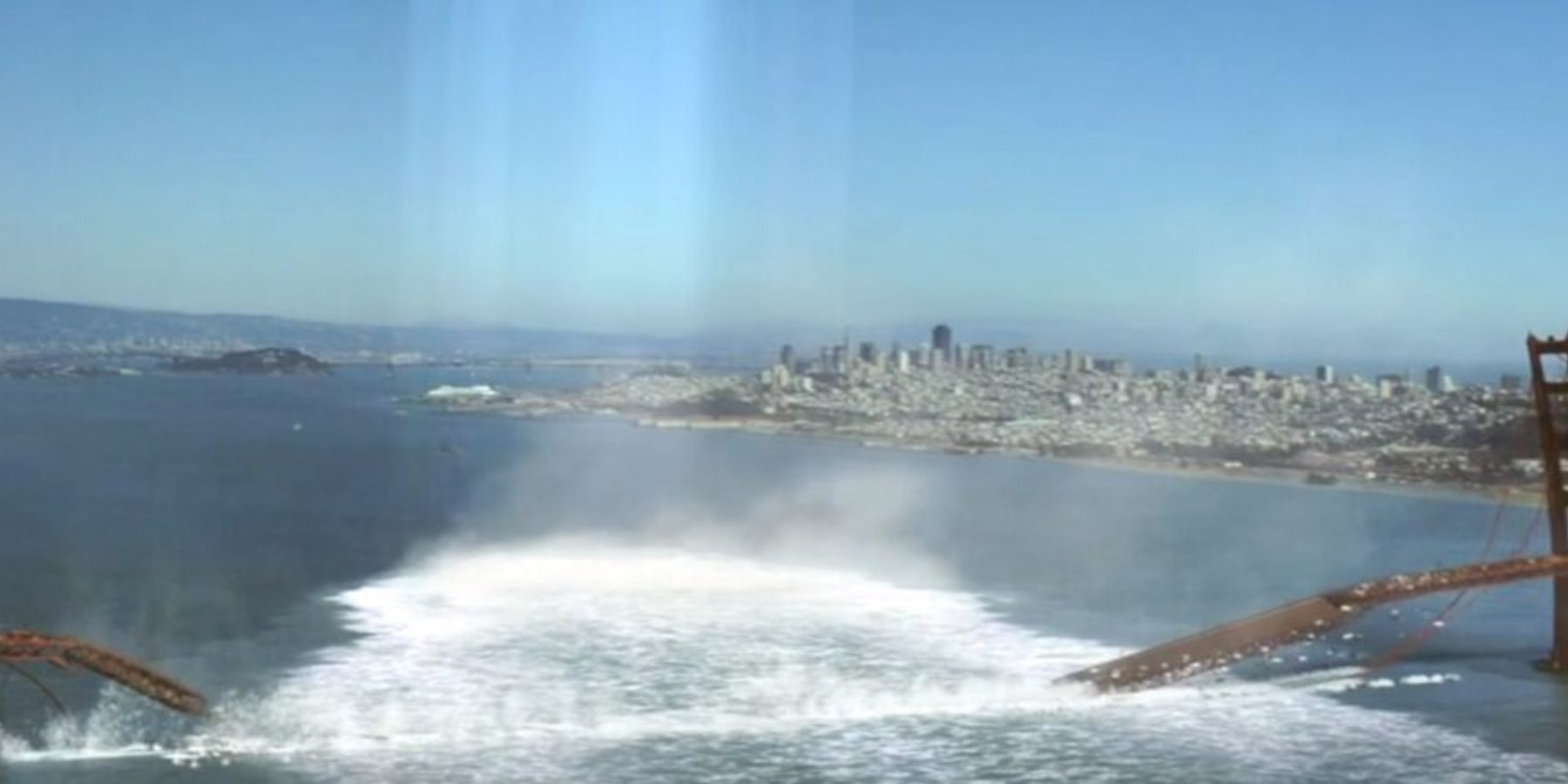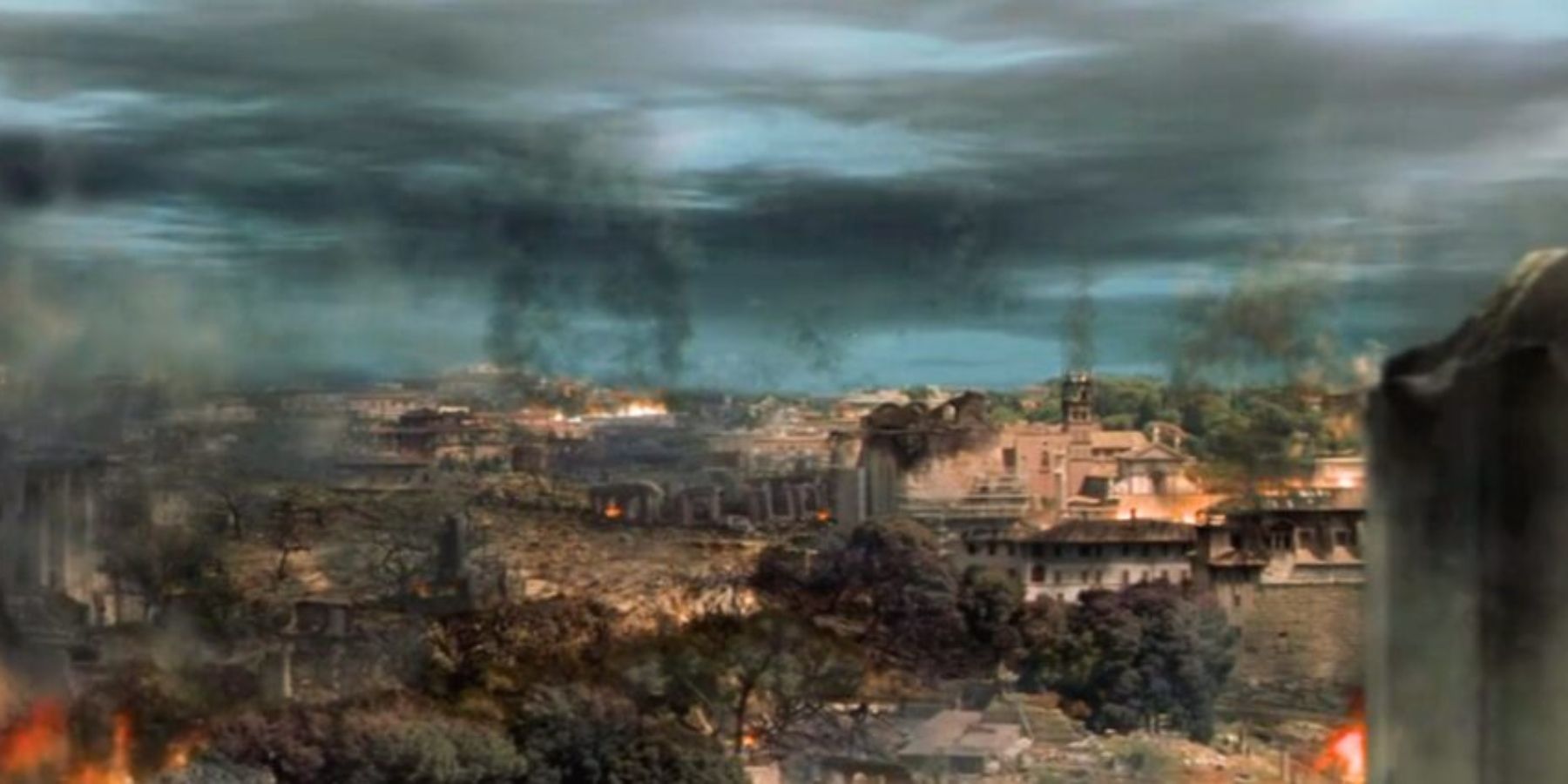The 2003 sci-fi action film, The Core, is set in a sort of pre-apocalyptic version of Earth. It is a very plot-driven story, which unfortunately hurts the film because the plot can be hard to follow. From the simply unrealistic cause-and-effect elements of the movie, to the inconsistencies in the details and plot, the film was less than successful in its structure as a science fiction film. Down to the logline, this movie is riddled with hard-to-believe rationale.
Despite having a pretty successful cast, the movie was not received well. It received considerably low ratings and bad reviews across all platforms, and much of that is attributed to the faulty logic in the film.
The plot is essentially a scenario where the Earth stops spinning, making the elements and living things on the planet begin to act strange. In an attempt to start it spinning again, humanity must reach the Earth’s core and detonate explosives in hopes of jump-starting the Earth’s core once again, to get it spinning. If that overarching storyline isn’t enough to point out the unbelievable science of this world, the details that expand it are.
One such detail is evident through the Earth’s response to its halt in movement. The magnetic field deteriorates, which makes sense, but the fashion which the atmosphere begins to break apart doesn’t quite. Even the team that’s assembled for the mission, to correct these detrimental effects seems like a hodge-podge group for such a serious matter, including NASA pilots and a hacker.
Further, part of the plan for saving the planet involves “unobtanium”, which is commonly used in science fiction as an ideal material for a certain situation, making its role in the plot feel obviously convenient. This makes the narrative solution feel like more of a patch on the plot hole, rather than a fix. The many trials that the team run into on their journey also feel like hastily imagined scenarios for this particular story. Then, when they finally reach the core, they discover that their expectations of it were wrong which alters their explosion plan– again, feeling like a convenient interruption to drag the story along. The lack of an immediate back up plan for such a dangerous mission also seems quite unlikely.
When they realize their plan won’t work, they are able to communicate with their commander, which would probably be impossible from all the way within the Earth’s core. That’s when they’re told to return home and they discover that there’s another plan and it’s linked to what caused the Earth to stop spinning in the first place, a tectonic weapon, DESTINI. The theme is clear at this moment but the science is not. The movie is meant to criticize humanity’s negative impact on the Earth, but the routes available to explore that in real science could have offered up a multitude of better scenarios to do so.
By the end, the Earth spinning is re-started and what’s left of the main crew uses the unobtanium material to make their escape from the core, only to lose that power when they enter the layer of ocean. However, the story and its peculiar science don’t end there, as they then use ultrasound to lure in whales, which alerts their team on the surface of their location, where they are then rescued. Down to the end, the story seems to grasp for some level of science to weave the whole thing together, but each idea struggles to fit with the others and makes the film feel quite random.
In the very final bit of the film, the crew reveals the truth behind the DESTINI back up plan, resulting in much of society viewing them as heroes. Again, this is a part of the film where the theme came through clearer than the plot did. The film likely suffered as much as it did because of this pattern. Traditionally, movies use a strong plot to weave together the theme, so that viewers pick up on the message of the film without it being painfully obvious. Because this film’s structure functioned the opposite of that, it lost viewers’ interest and came off a bit silly instead.
In part, the story suffered because it relied on unrealistic science, when a realistic approach would have had more of an impact. In part, it suffered because it didn’t focus enough on its characters, and we don’t see enough of an emotional reaction to what’s happening around them– so much so, that many of the characters are easily killed off, like throwaway characters.
Perhaps this film wasn’t trying to get its science right–similar to anti-history, this film almost seems to take an anti-science approach. However, the creator does insist that he tried to incorporate real science. That said, the few fans there are of the film appreciate it for how comically wrong a lot of the science is. On the other hand of that, there are now organizations focused on incorporating realistic science into films, both to try to prevent the sci-fi genre from being a mockery, and also to make it more educational in a sense. Regardless of what viewers think about The Core, there’s no doubt that its unusual approach to a sci-fi structure has made it a notable example in the sci-fi genre– but whether it’s a good one or a bad one depends on who you ask.




